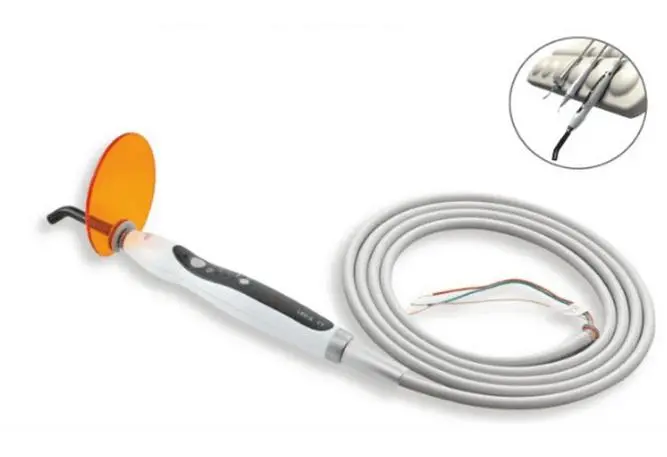How to Choose the Best Curing Lights for Dentistry?
Choosing the right curing light is a critical aspect of achieving successful dental restorations. Curing lights are used to activate the curing process in dental materials, such as composite resin, and can significantly impact the outcome of a dental procedure.
With so many options on the market, it can be challenging to determine the best curing light for your practice. In this article, we will discuss how to choose the best curing lights for dentistry, including factors to consider and features to look for.
There are several factors to consider when selecting a curing light for your practice. Here are the major factors you need to consider.
Wavelength and Power Output
The wavelength and power output of a curing light are essential considerations when choosing a curing light. The wavelength of a curing light determines its effectiveness in curing different types of dental materials.
Typically, wavelengths between 400-500 nm are used for curing composite resin. Power output, measured in milliwatts (mW), determines how quickly the curing process occurs. Higher power output means faster curing times, which can lead to greater efficiency in your practice.

Best Curing Lights for Dentistry
Brightness
Typically, the diode brightness of a curing light is measured in watts, which almost determines the use of the dental curing light. The higher the wattage it is, the more heat the device is going to generate. Then, you may think the led b curing light with higher wattage is the best option, but it is not practical. You should choose a curing light that has a medium wattage.
Battery Life and Charging Time
The battery life and charging time of a curing light are important considerations for convenience and efficiency. Curing lights with longer battery life requires less frequent charging, and shorter charging times can minimize downtime during procedures. These are the essentials led curing light during the selection.
Light Guide Design and Size
The light guide design and size affect the accessibility and coverage of the curing light. Light guides with a larger diameter can cover a broader surface area, reducing the time needed to cure the entire restoration.

Brand Reputation and Customer Support
Brand reputation and customer support can impact the quality and longevity of the curing light.
Choosing a reputable brand with good customer support can ensure that you can access technical assistance and replacement parts if needed.
Additional Features
In addition to the factors mentioned above, there are several features to look for when selecting a curing light for your practice. These features include:
●Multiple Curing Modes
Curing lights with multiple curing modes allows for greater versatility in your practice. For example, some curing lights offer a plasma emulation mode that provides a deeper, more uniform cure.
●Audible and Visual Cues
Audible and visual cues can provide feedback during the curing process, helping to ensure that each surface is adequately cured.
●Ergonomic Design
An ergonomic design can reduce hand fatigue and improve the overall handling of the curing light, making it easier to use during procedures.
●Low Weight
A lightweight curing light can reduce hand fatigue during longer procedures.
●Cordless Design
Cordless curing lights provide greater freedom of movement during procedures and eliminate the need for cords, which can get in the way.
Conclusion
Overall, choosing the best curing light for your practice requires careful consideration of factors such as wavelength and power output, battery life and charging time, light guide design and size, and brand reputation and customer support. By choosing a high-quality curing light and using it correctly, you can achieve successful dental restorations for your patients.

